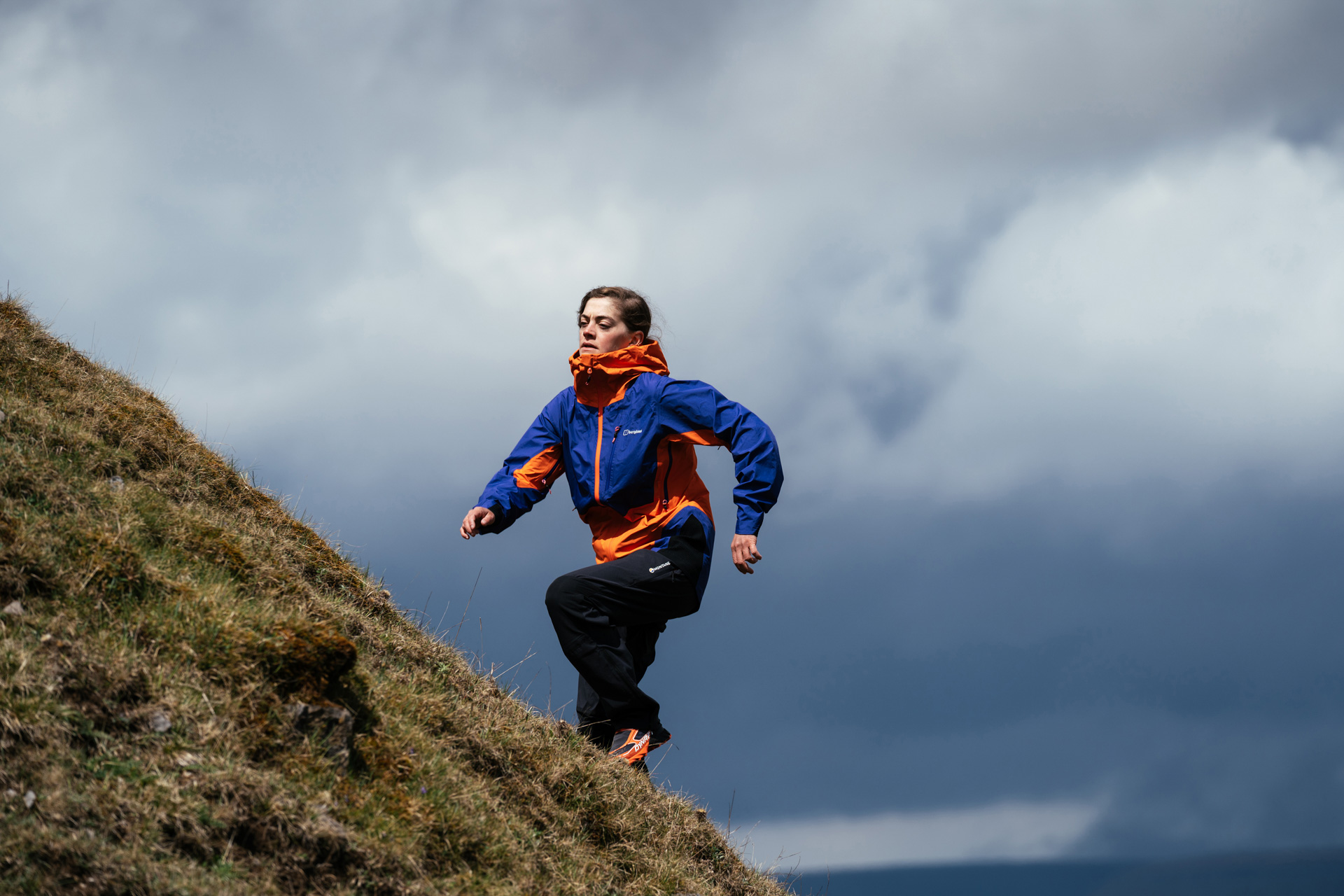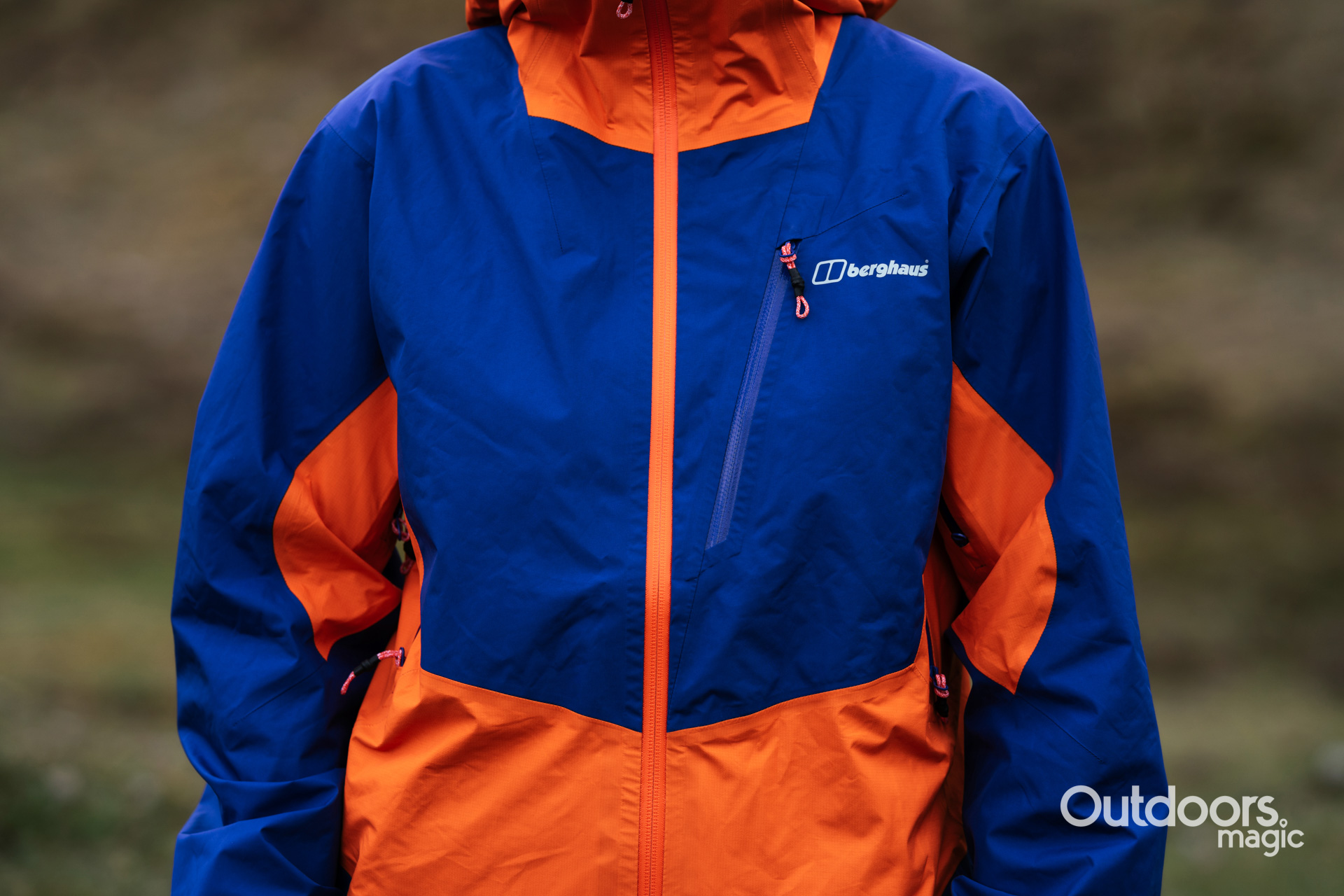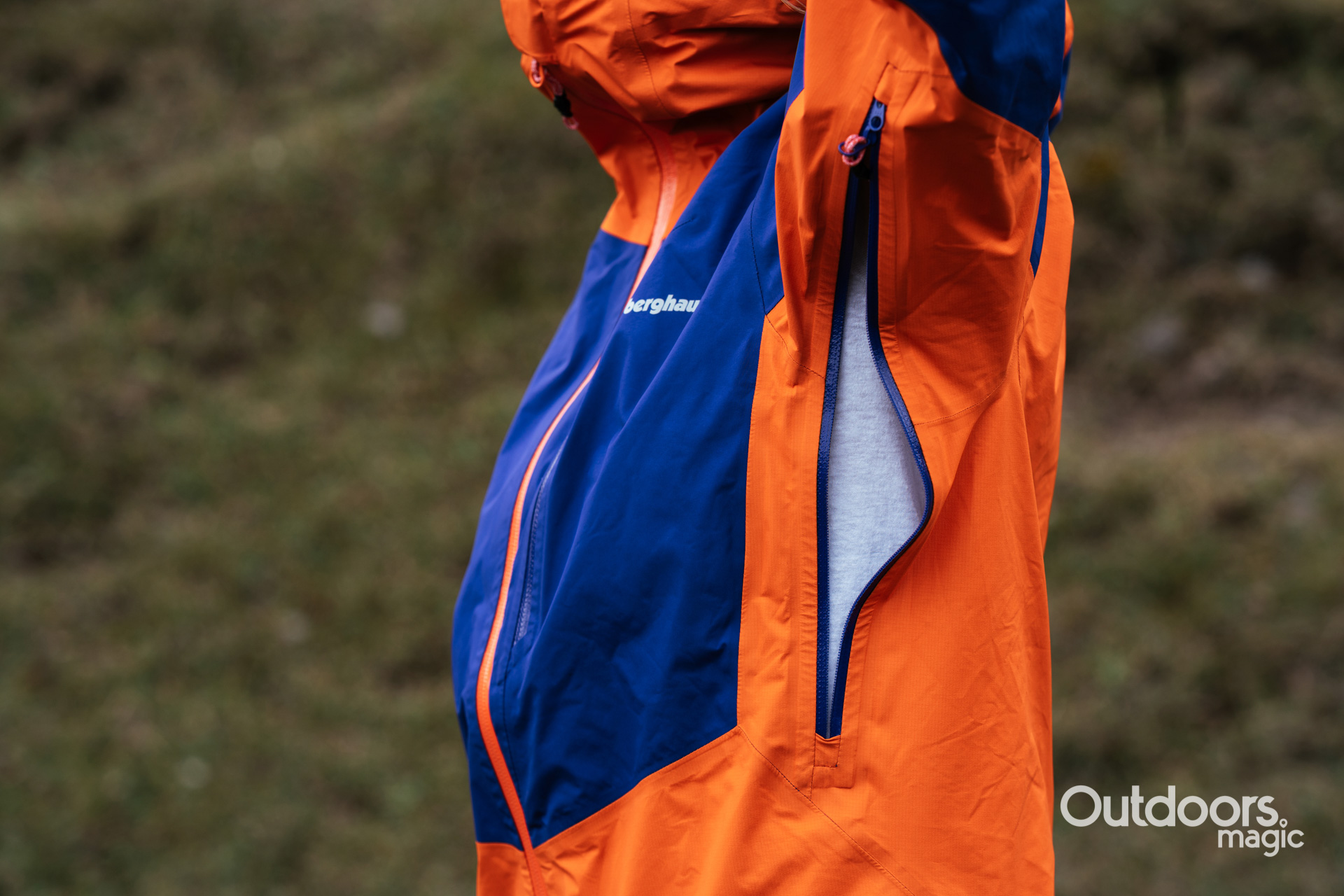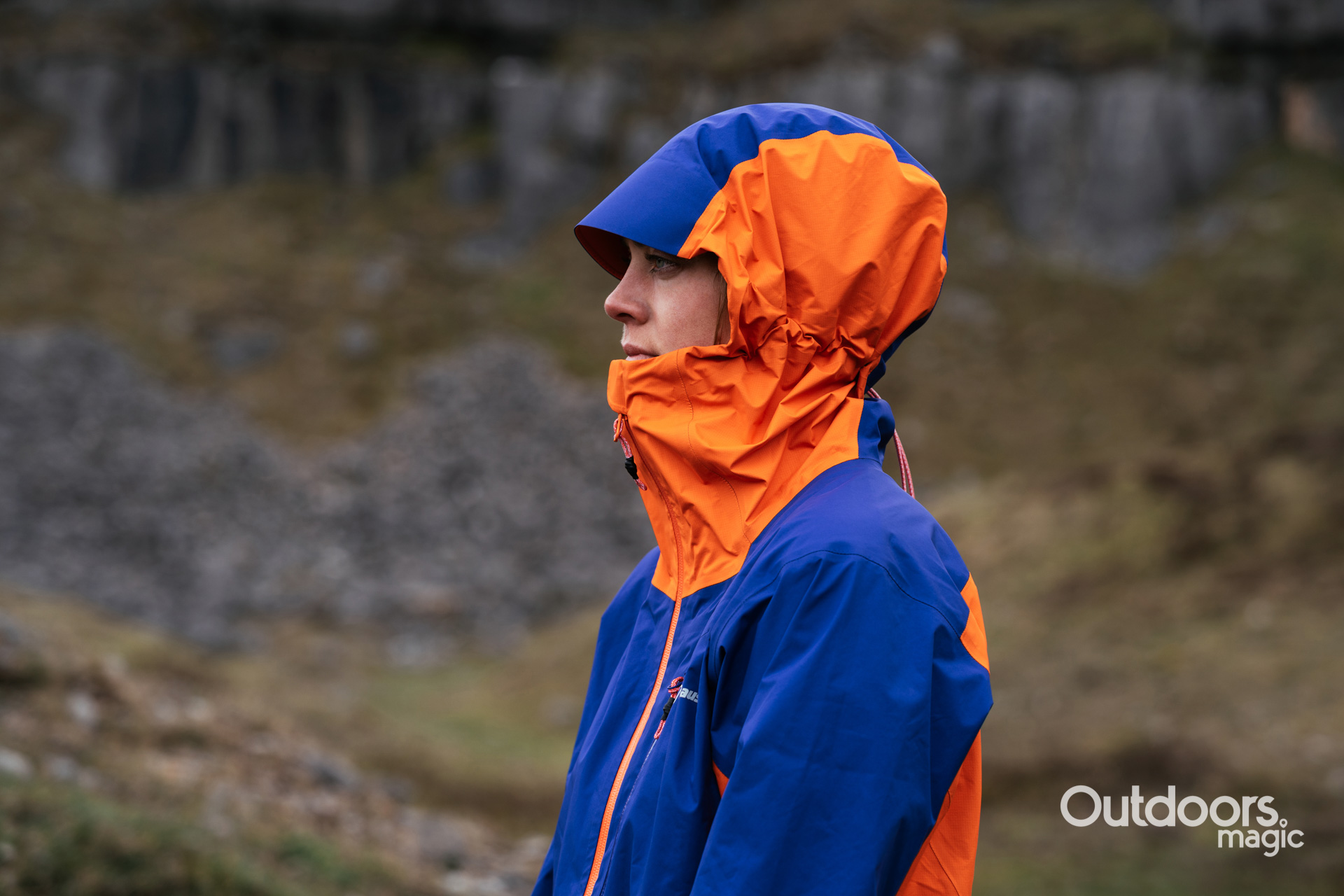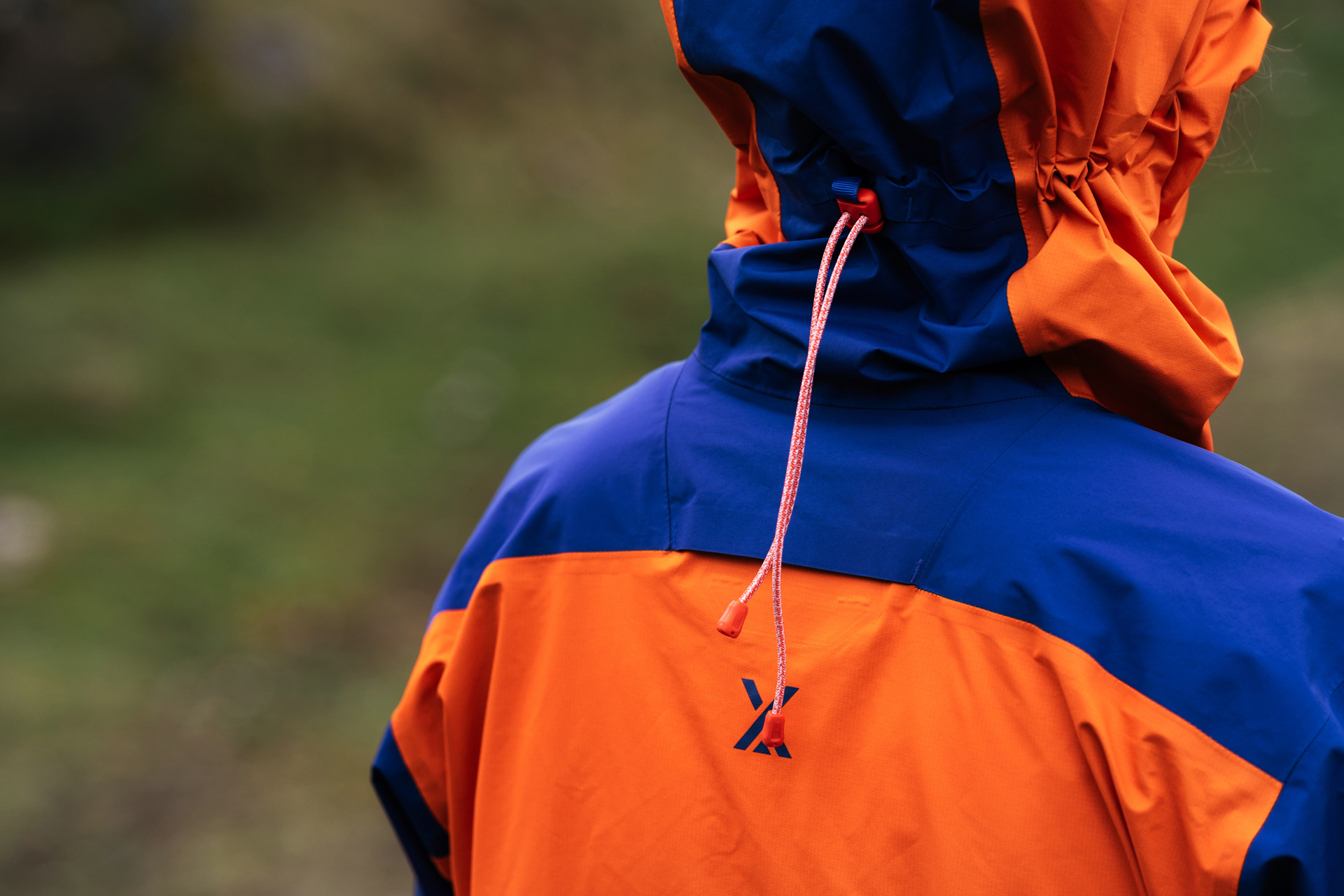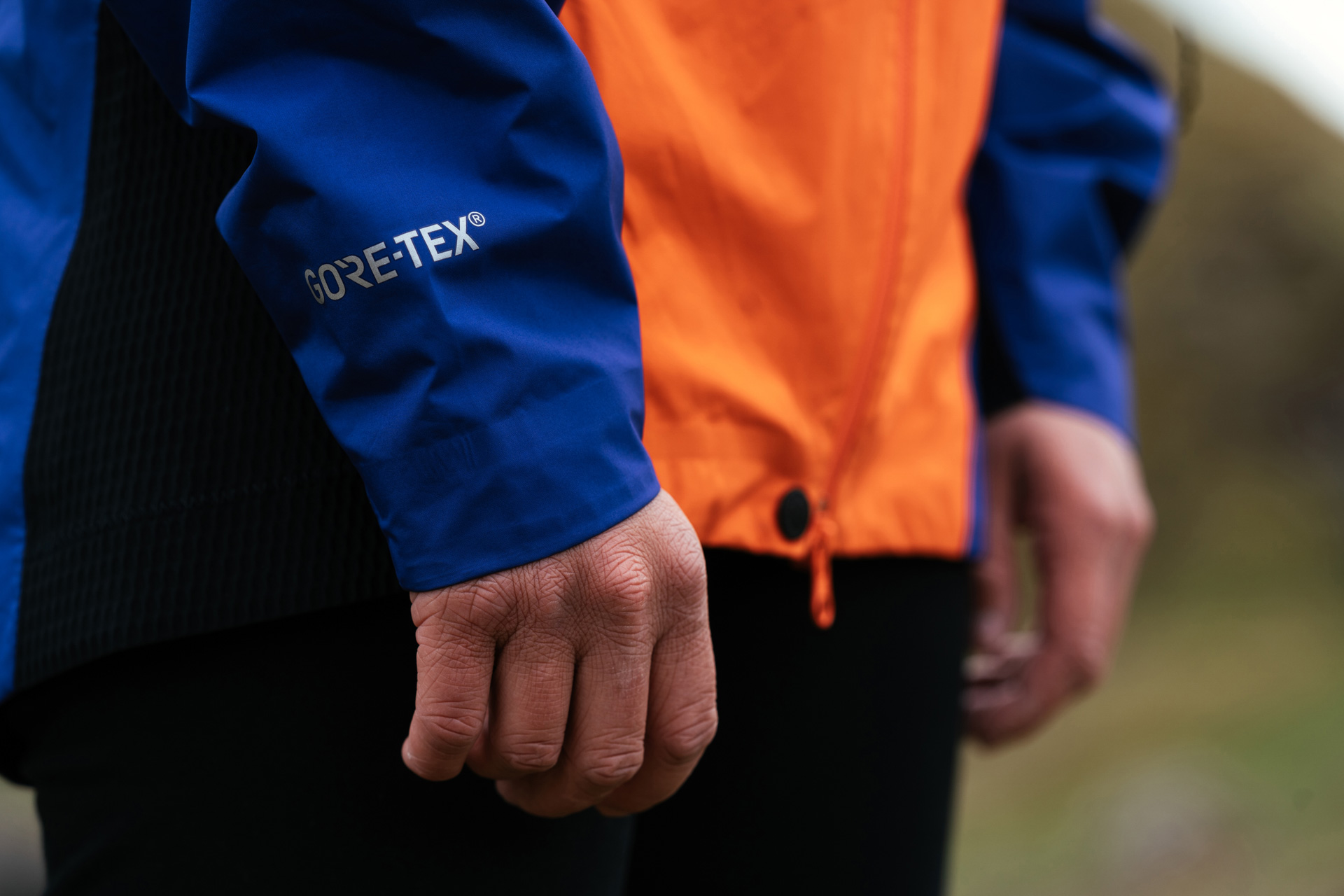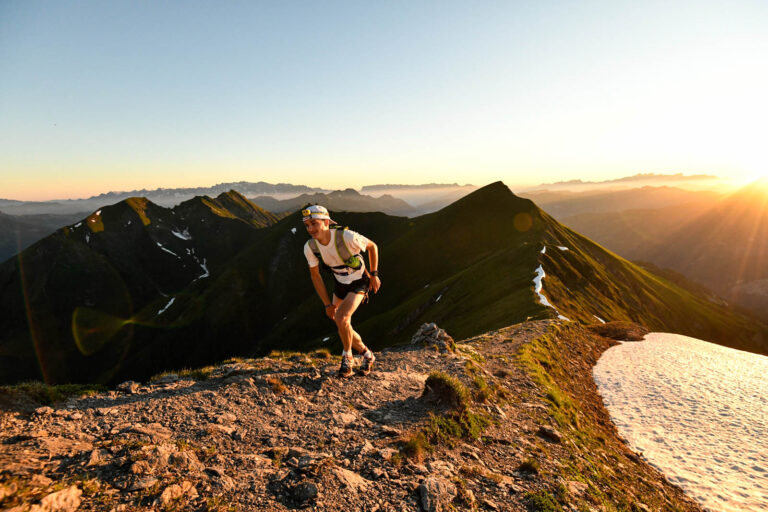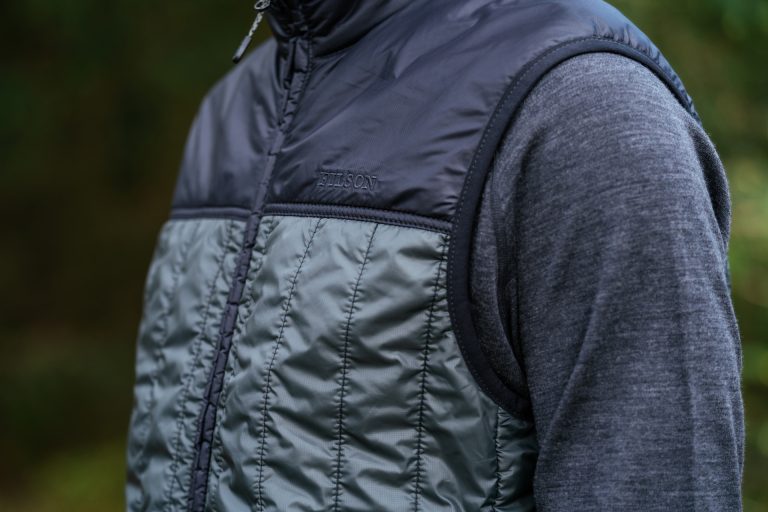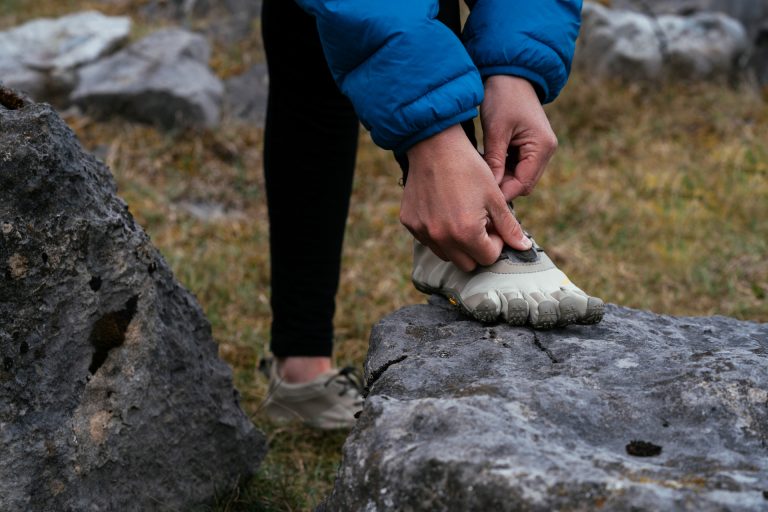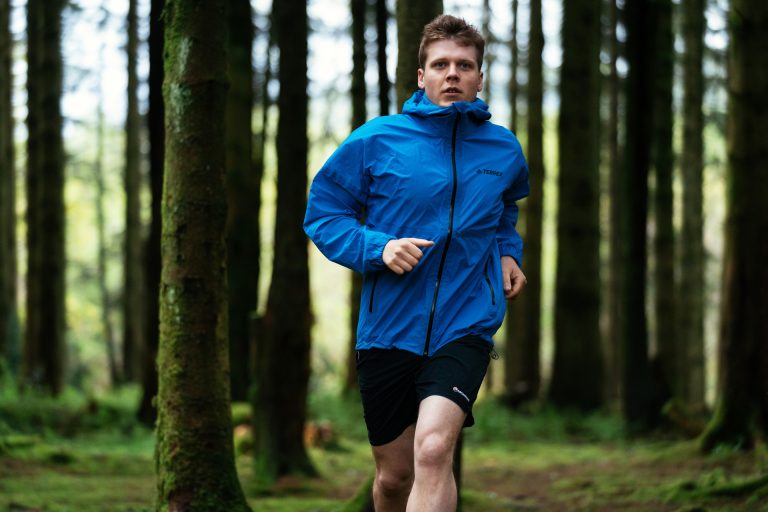Why We Chose The Berghaus Changste: Innovative materials, clever features, good performance.
When a jacket features three different types of Gore-Tex there’s going to be a lot to discuss, that’s for sure, but in a nutshell, what we have here is a very impressive jacket.
Sitting within Berghaus’s top-level Extrem range, it’s one of those waterproof jackets designed for people who want to travel fast and light in the mountains but still remain protected from rough weather.
Its helmet-compatible hood, arm articulation and two-way zip are features that make it suitable for climbers but it’s also one that ultralight hikers, fastpackers and perhaps even trail runners will find interesting.
At 375g for a men’s medium it’s not anywhere near as light as Berghaus’s trail running focussed Hyper 100 (100g) or its Vapourlight (75g) but it’s much more heavy duty and protective. At the other end of the scale, it’s a fair bit lighter than their mountaineer-aimed Extrem 8000 (590g) but not quite as rugged. So the Changste’s of the middling sort within their collection, or you could say, a bit of a jack of all trades.
“Gore-Tex’s military design division came up with this fabric, which, as its name suggests, is super stretchy but still waterproof.”
The bulk of it is made from Gore-Tex Active. This is a three-layer fabric made specifically to support high tempo activities. In other words, the aim is breathability. We’ve tested this in a number of different products over the last few years and have been very impressed. It is, as our reviewer Jon Doran once wrote “both subjectively and in lab tests, one of the more breathable fabrics out there”.
Gore-tex Active isn’t necessarily a fabric to expose to much abrasion though, and that’s why Berghaus have swapped in Gore-Tex Paclite in the parts of the jacket that are likely to take a bashing. It’s not the most technical of fabrics, Paclite, it’s only a 2-layer system after all, and for that reason, it’s placed only in the parts of the jacket that it’s absolutely needed. On the shoulders to protect from backpack straps for instance, and along the arms to stop scuffing on sharp rocks during scrambles.

